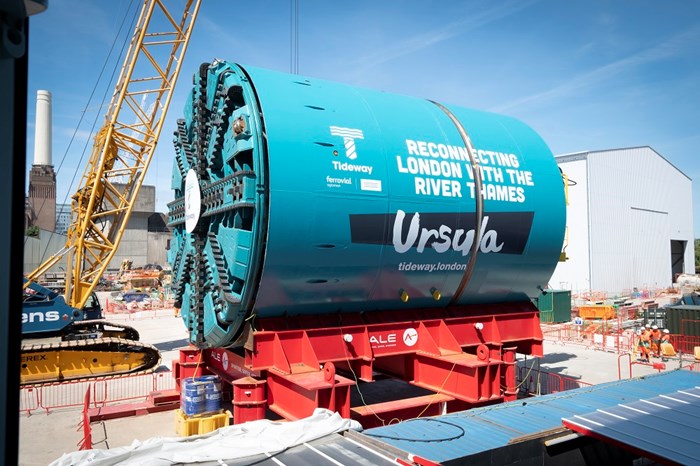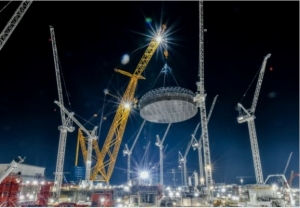The government is set to make a final “go/ no-go decision” on High Speed 2 (HS2) in early February, New Civil Engineer has learned.
It is understood that prime minister Boris Johnson will make a final decision on the project at the same time that the government-ordered Oakervee review is made public.
It had previously been suggested that the Oakervee report would be made public ahead of a final decision from government.
However, sources within the rail industry have told New Civil Engineer that Johnson is keen to detail the project’s future as quickly as possible.
“Once the Brexit deadline [January 31] is out the way, the government is keen to move the agenda on quickly,” one rail professional said. “HS2 is front of the queue of things to clear and to clear quickly."
“A decision on whether to proceed or how to proceed is now extremely likely to come at the same time that the report is made public.”
Doug Oakervee submitted his overarching review to the Department for Transport (DfT) in November where it was placed “in a vault” until after the General Election.
Transport secretary Grant Shapps had previously pledged to make the report public “as soon as [he] had it”. However, election campaign rules – and the need to “get Brexit done” – have so far prevented him from doing so.
Speaking in Leeds last week, Shapps confirmed that the report would be published in the “coming weeks”.
The Oakervee review was established to examine the entire HS2 project and make recommendations on the route, specification and project governance.
A leaked draft report published by the Times revealed that Oakervee is set to recommend proceeding with the project in full. However, the draft report did question HS2 Ltd’s procurement process and suggests that some contracts should be retendered.
Last week, former deputy chair of the HS2 review group Lord Berkeley described High Speed 2 (HS2) as a “wrong and expensive solution” and questioned the competence of government officials.
Berkeley, who stepped down from the group on 31 October last year, made the statements in a self-published “dissenting report” on the project, which has been welcomed by environmental campaigners but which has drawn criticism from the rail industry.
Berkeley claimed that review chairman Doug Oakervee’s report has a bias towards accepting HS2 Ltd’s evidence in preference to those of others, leading to a supportive recommendation for HS2 to continue.
He also criticised the involvement – and lack of scrutiny – of Treasury and DfT officials in the review and suggested that costs could be cut by up to £20bn by reducing the “unnecessarily high specification”.
However, HS2 officials have hit back, with former HS2 technical director Andrew McNaughton claiming that Berkeley’s report is “completely and factually wrong”.
Speaking to New Civil Engineer, McNaughton – who still acts as an advisor to HS2 Ltd – contested Berkeley’s conclusions that the project is designed to “an unnecessarily high” specification, that costs could be brought down by lowering the speed and that running 18 trains per hour is “unachievable”.










